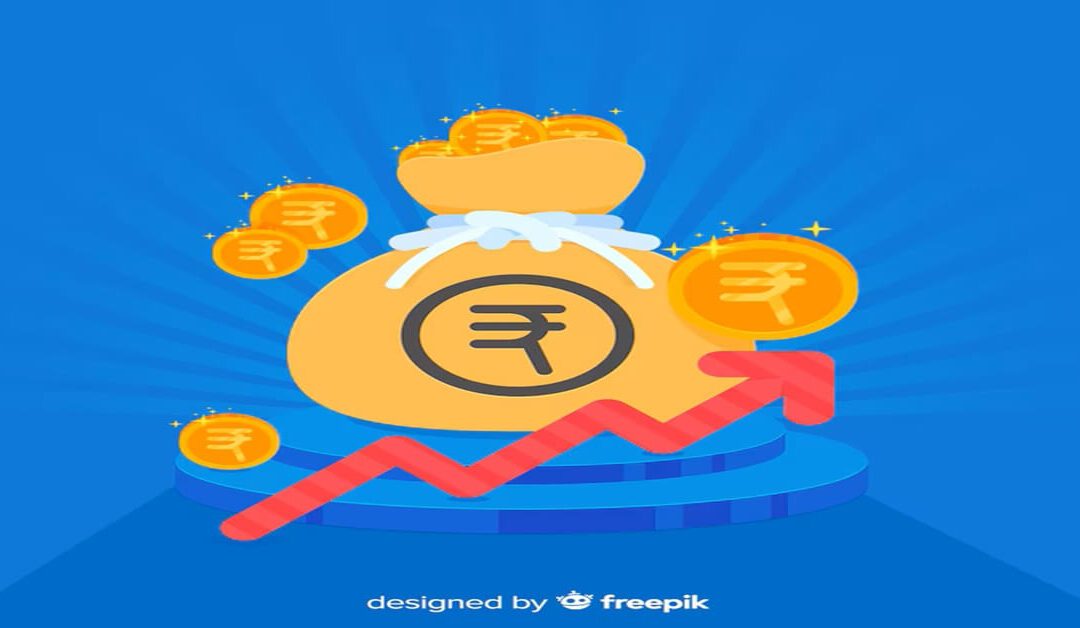Introduction
Inflation is a key concept in modern economics that impacts every aspect of the economy. It refers to a situation where prices of goods and services increase, leading to a decline in the purchasing power of money. This happens when there’s more money circulating in the economy than the available goods and services, causing prices to rise. Inflation can affect various sections of society differently and has far-reaching consequences for economic stability and growth.
Meaning of Inflation
Inflation is the continuous rise in the general price level of goods and services over time, leading to a decline in the value of money. Simply put, inflation occurs when “too much money chases too few goods.”
Here are some key definitions of inflation:
Coulburn:
“Inflation is a situation of too much money chasing too few goods.”
Milton Friedman:
“Inflation is always and everywhere a monetary phenomenon… caused by a rapid increase in the quantity of money compared to output.”
Harry W. Johnson:
“Inflation is a sustained rise in prices.”
Shapiro:
“Inflation is a persistent and appreciable rise in the general level of prices.”
From these definitions, it’s clear that inflation results from an imbalance between money supply and the availability of goods, or when goods are scarce relative to money.
Types of Inflation
1. Demand-Pull Inflation
* This occurs when demand for goods and services exceeds supply.
* It is common in growing economies where higher income levels increase spending, creating more demand.
2. Cost-Push Inflation
* Happens when production costs (like wages or raw materials) rise, causing businesses to increase prices to maintain profit margins.
* For instance, a surge in oil prices often leads to higher transportation and production costs, contributing to inflation.
3. Built-In Inflation
* Also known as wage-price inflation, this happens when workers demand higher wages due to rising living costs, and businesses raise prices to compensate for higher labor costs.
4. Hyperinflation
* An extreme form of inflation where prices rise uncontrollably in a short period.
* Examples include historical cases like Germany in the 1920s or Zimbabwe in the 2000s.
5. Stagflation
A rare situation where inflation occurs alongside stagnant economic growth and high unemployment.
It challenges traditional economic theories as both inflation and recession occur simultaneously.
6. Deflationary Gap Inflation
As explained by Keynes, this happens when there is underutilized capacity in the economy, and money supply increases. Initially, production and employment rise along with prices. However, once resources are fully utilized, further money supply leads to inflation without an increase in output.
Keynesian Perspective on Inflation
Keynes differentiated between two stages of inflation:
1. Semi-Inflation (Bottleneck Inflation):
Occurs when there are underutilized resources. Increased money supply boosts production, employment, and demand, but eventually leads to price increases due to bottlenecks in production.
2. True Inflation:
After full employment is achieved, any further increase in money supply leads to rising prices without a corresponding increase in output.
Conclusion
Inflation is a complex phenomenon influenced by multiple factors, including demand, supply, and monetary policy. While mild inflation can stimulate economic growth by encouraging spending and investment, uncontrolled inflation can harm economic stability. Understanding the types and causes of inflation is crucial for developing effective policies to maintain a balanced and stable economy.

